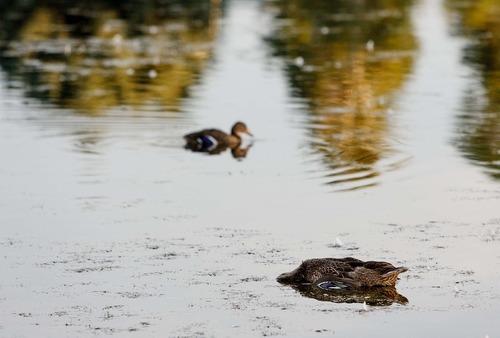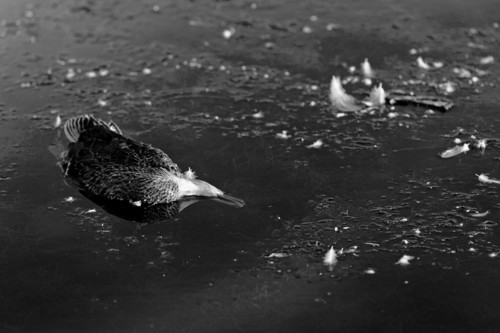This is an archived article that was published on sltrib.com in 2012, and information in the article may be outdated. It is provided only for personal research purposes and may not be reprinted.
Sugar House park joggers and picnickers were troubled over the weekend to see dozens of dead or dying ducks and geese at the park's pond.
Monday morning, Salt Lake County authorities reported it is likely avian botulism killed about three dozen birds at the park over the weekend.
The park remains safe for people. Avian botulism poses no risk to humans, said Pam Davenport, spokeswoman for the Salt Lake Valley Health Department.
Nonetheless, officials don't recommend park visitors touch or pick up the dead and dying birds. Park officials had removed most of the dead birds by Monday morning.
Botulism is a food-borne toxin. And certain types of botulism can be fatal to humans, Davenport said. But the toxin that killed the ducks and geese is not the type that impacts human health.
The avian deaths at the park are not unusual, said Martin Jensen, spokesman for Salt Lake County Parks and Recreation.
"Each year at this time we have ducks die in the park," he said. "It happens this time of year when flows run low in ponds."
It is a sad part of Mother Nature, Jensen said.
"We understand that people are concerned about it," he said. "We do everything we can to get the ducks out of there."
Sugar House resident Ty Cannon told The Salt Lake Tribune over the weekend that the sight of birds dying at the park was horrific.
"We were watching this duck flapping around, and it was suffering," he said. "It just seemed traumatic and overwhelming."









